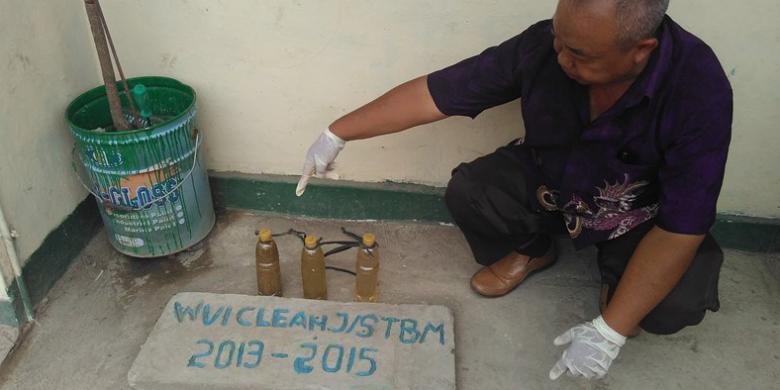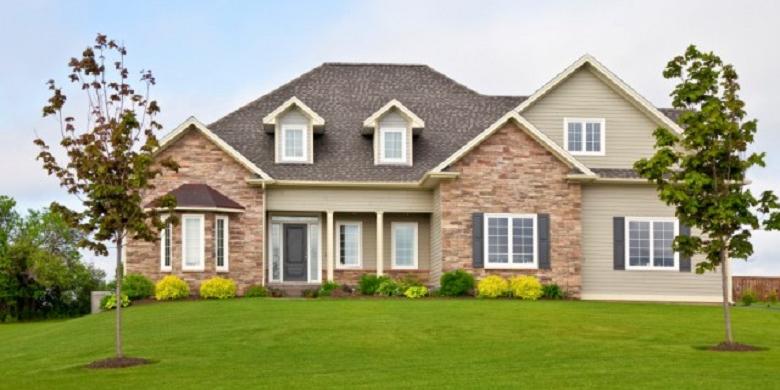by Aaron Oneal

What Is Wastewater Treatment and Why Does It Matter?
You’ve probably heard of wastewater, and perhaps you have a vague understanding of what it is; but have you ever really investigated the procedures by which wastewater is recycled and treated for future use?
As one might suspect, there is quite a lot of work required to adequately purify contaminated water to the point that it can be used again. It is an extremely important industry, and it plays a vital role in modern society.
While water is indeed Earth’s most plentiful natural resource, occupying over 71% of the planet’s surface; a lack of access to the elixir of life and other circumstances require that every drop of water is used as much as possible.
Wastewater treatment helps ensure that water that has been contaminated by human activity can be decontaminated and useable once more.
What Exactly Is Targeted In The Wastewater Treatment Process?

Amongst many different things, there are four primary substances that are targeted for removal during the wastewater treatment process. The first are suspended solids, which are physical particles with a tendency to clog down bodies of water such as rivers when they settle under gravity. Biodegradable organics are also eliminated.
These are organisms that are fed upon by harmful microorganisms. When exposed to oxygen, biodegradable organics nourish toxic organisms and provide them with the energy necessary to reproduce and multiply. Pathogenic bacteria are the next target.
Substances such as these can be any one of many different toxins, and their removal is particularly important when the water will eventually be consumed by humans. The final reduction or elimination sought is that of nutrients that often lead to high concentrations of algae. Algae can also be a very undesirable element in water.
Wastewater Treatment Types

Photo Credit: LACSD.ORG
In order to go about accomplishing the task of treating wastewater, three main types of treatments are used.
Primary (mechanical)
Primary (also known as mechanical) treatment is intended to remove lingering solids that are present in raw sewage. Screens are used to filter the solids from the liquid, and gravity-induced sedimentation processes help the operation move at a more brisk pace.
It is usually the first stage in wastewater treatment, and it is often efficient in eliminating approx. 20%-30% of biodegradable organics, and even 50%-60% of suspended solids. Some developing nations venturing into wastewater treatment will start with primary/mechanical treatment; and eventually add other operations whenever they can afford it, or when the necessary equipment becomes available to them.
Secondary (biological)
The second sector of wastewater treatment is the secondary (biological) treatment phase. The biological phase entails removing any traces of organic matter or solids that remain after the first stage.
It uses microbes to eat up the organic matter; and convert it into carbon dioxide, water, and energy to fuel their own growth.
Solids are removed by a second round of sedimentary treatment, which takes places in dedicated settling tanks.
Technology such as sludge processes, artificial ponds and wetlands, trickling filters, and other techniques are common components of the biological phase as well.
Tertiary Treatment
The third and most expensive sector of the wastewater treatment process is known as tertiary treatment, which purges what is left of any toxins from the water.
Unfortunately, the cost of operation of tertiary treatment is much higher than those of other sectors. Additionally, a great amount of knowledge and expertise is required to use the various technologies necessary for the procedure.
The Future Potential of The Wastewater Industry

If the wastewater industry truly reaches its fullest potential, the results could be extraordinary and prove to be massively beneficial to humanity.
Irrigation is one thing that could be drastically altered by the integration of wastewater. Even if there was any trace of matter left behind by the treatment procedures; they are highly unlikely to be problematic, as they aren’t very harmful, especially in such tiny amounts. There are farmers all over the world that depend on their crops and harvest as their livelihood, and droughts can be disastrous to their work.
Irrigation sourced by recycled wastewater can provide them with hope and a contingency if there is a shortage of rain.
Also, wastewater can be used as a coolant in massive industrial factories, leaving more freshwater for human consumption.
Another growing ecological problem is the demise and pollution of the natural wetlands that are a critical element of Earth’s ecosystem, many of which are shrinking. Recycled wastewater can be used to replenish the supply of water in these, and even form entirely new ones.
Recycling wastewater before pumping it back into natural bodies of water also decreases pollution. The amounts of many of the toxic substances added to water due to human activity- oils, gasses, metallics, radioactive waste- can be greatly decreased, if not eliminated by wastewater treatment.
Perhaps the most important result of all is the potential for recycled wastewater to provide much-needed hydration to those with limited access to fresh, drinkable water.
There are countless reasons to push the limits of wastewater treatment and discover new uses of recycled water. Water is quite literally the elixir of life. No known living organism can survive without it. Therefore, it is key to the long-term continuation of life on Earth that water is preserved and used as efficiently as possible.



















